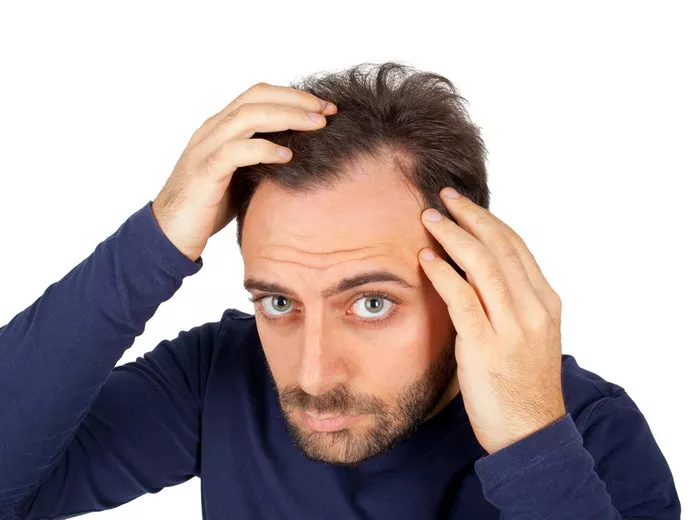Hairy moles can be unappealing features for many, but scientists recently found that they may hold the key to new therapies for hair loss. In a recent paper published in Nature, scientists revealed how senescent cells in hairy moles activate quiescent hair stem cells to make them grow hair .
Hair loss affects millions of people worldwide, and while various factors such as stress, malnutrition, and chemotherapy can cause hair loss, most cases arise from a genetically predetermined disorder known as androgenic alopecia .
To date, only two drugs are FDA approved for this condition: finasteride and minoxidil. Both have unpleasant side effects, and the only alternative is hair transplantation, which is invasive and costly.
To find a better solution for hair loss, Maksim Plikus, coauthor of the study and a developmental biologist at the University of California, Irvine, and his collaborators at multiple institutions looked for examples of too much hair growth.
“We turned our attention to naturally occurring conditions in people where hair growth is excessive: hairy moles. Because nature created hairy moles in millions of people, it’s almost like a very large sample size of very successful experiments by nature,” he said.
Hairy moles contain a large population of senescent cells, which have unique secretomes (3). To begin their study, Plikus’s team used transcriptomics to reveal that senescent cells produce and release the protein osteopontin, which they later confirmed by measuring protein levels. They next determined that osteopontin bound to the CD44 receptor on the surface of the stem cells in hair follicles, stimulating them out of their dormant states and restarting hair growth. When the scientists treated quiescent human hair follicles with osteopontin, it activated the stem cells and led to hair growth.
“We could use the CD44 pathway for tissue engineering approaches, for example, by extracting the stem cells from the alopecia patient, culturing them in the lab environment, treating them with osteopontin, and transplanting them again into the patient,” commented Dong-Wook Han, a bioengineer at Pusan National University who was not involved with the study. “To my knowledge, this is the first paper to highlight that senescent cells have potential applications for tissue engineering.” Han surmised that this finding may assist those developing regenerative therapies not only for hair loss but also for bone, skeletal muscle, and nervous tissue regeneration.
Frank Fazio, president of Amplifica, a biopharmaceutical company that investigates molecules for hair loss therapies whose research team collaborated on the study, said in an email that “a new compound that acts on hair follicle stem cells, re-awakening them for new hair growth can transform the market for both men and women seeking a solution to androgenic alopecia.” He added that this finding “led Amplifica to seek funding to support the ongoing preclinical development activities surrounding these compounds as well as funding the company’s first-in-human safety and tolerability clinical test.” Plikus is also the cofounder and chief scientific officer of Amplifica.
For his team’s part, Plikus is eager to explore the therapeutic potential of senescent cells. “If you carefully evaluate the secretomes of senescent cells in different contexts, like what we did for the hairy moles with senescent melanocytes, you could find new beneficial signaling pathways that they trigger,” he said. “This type of research could inspire new molecular targets” for regenerative therapies.


